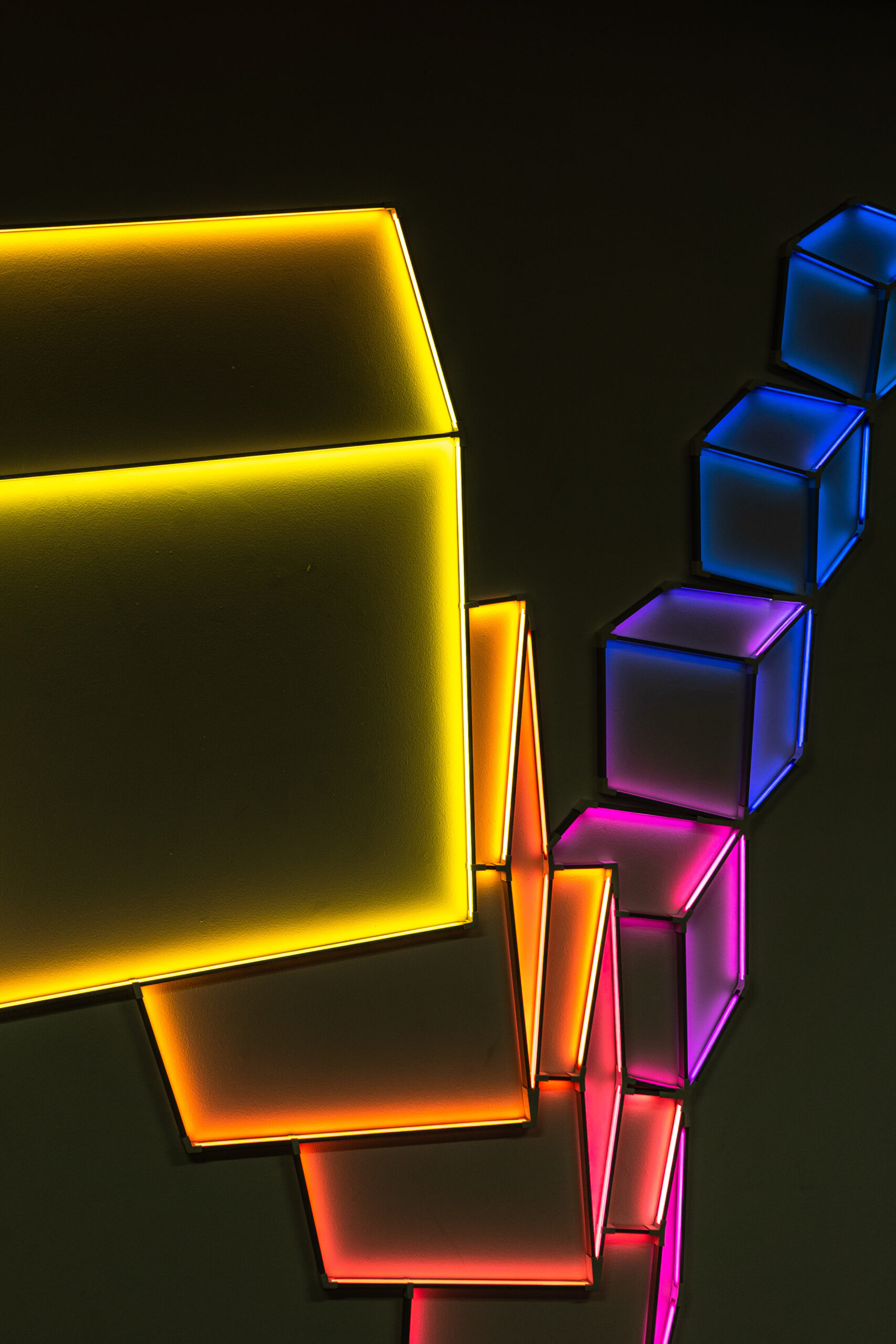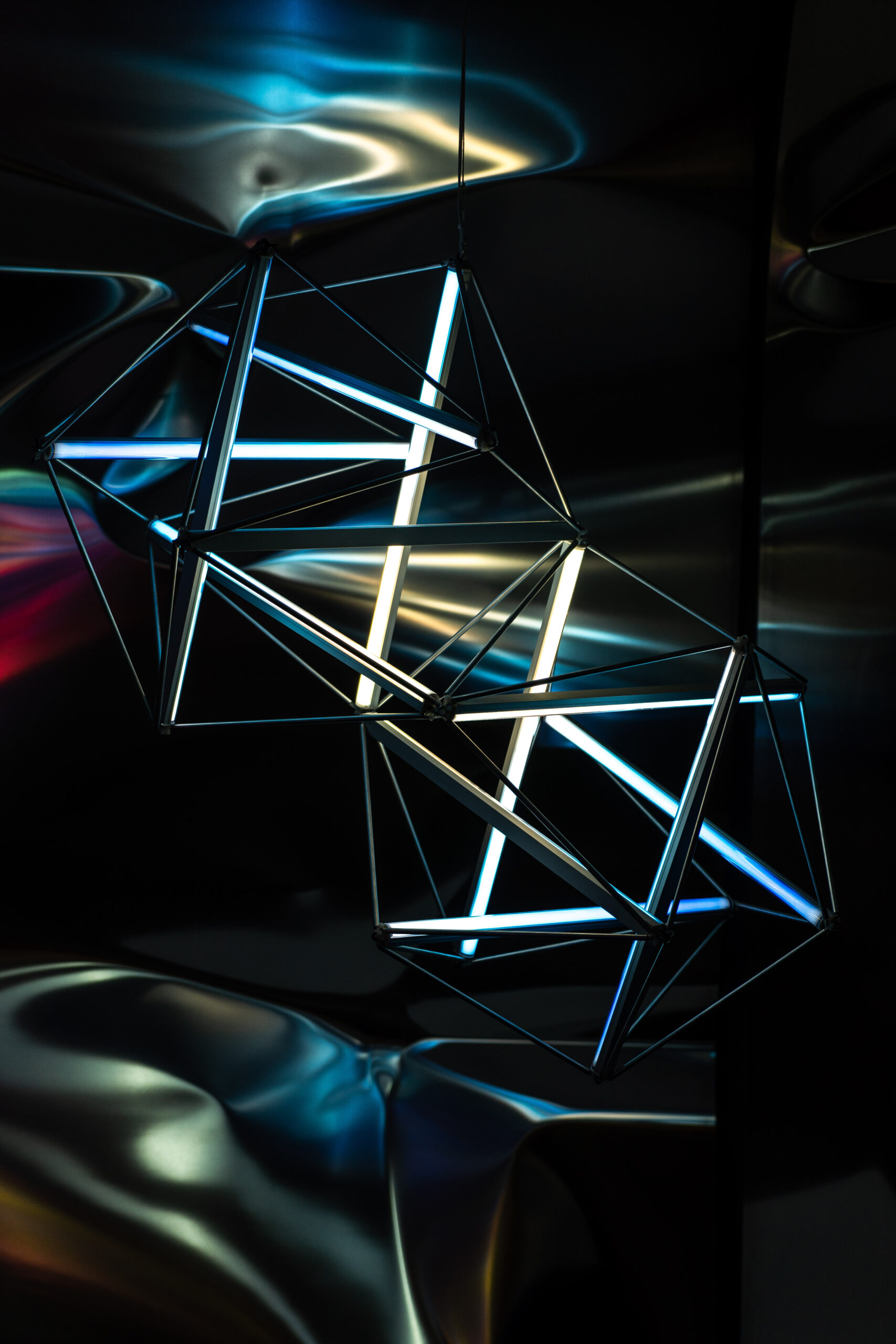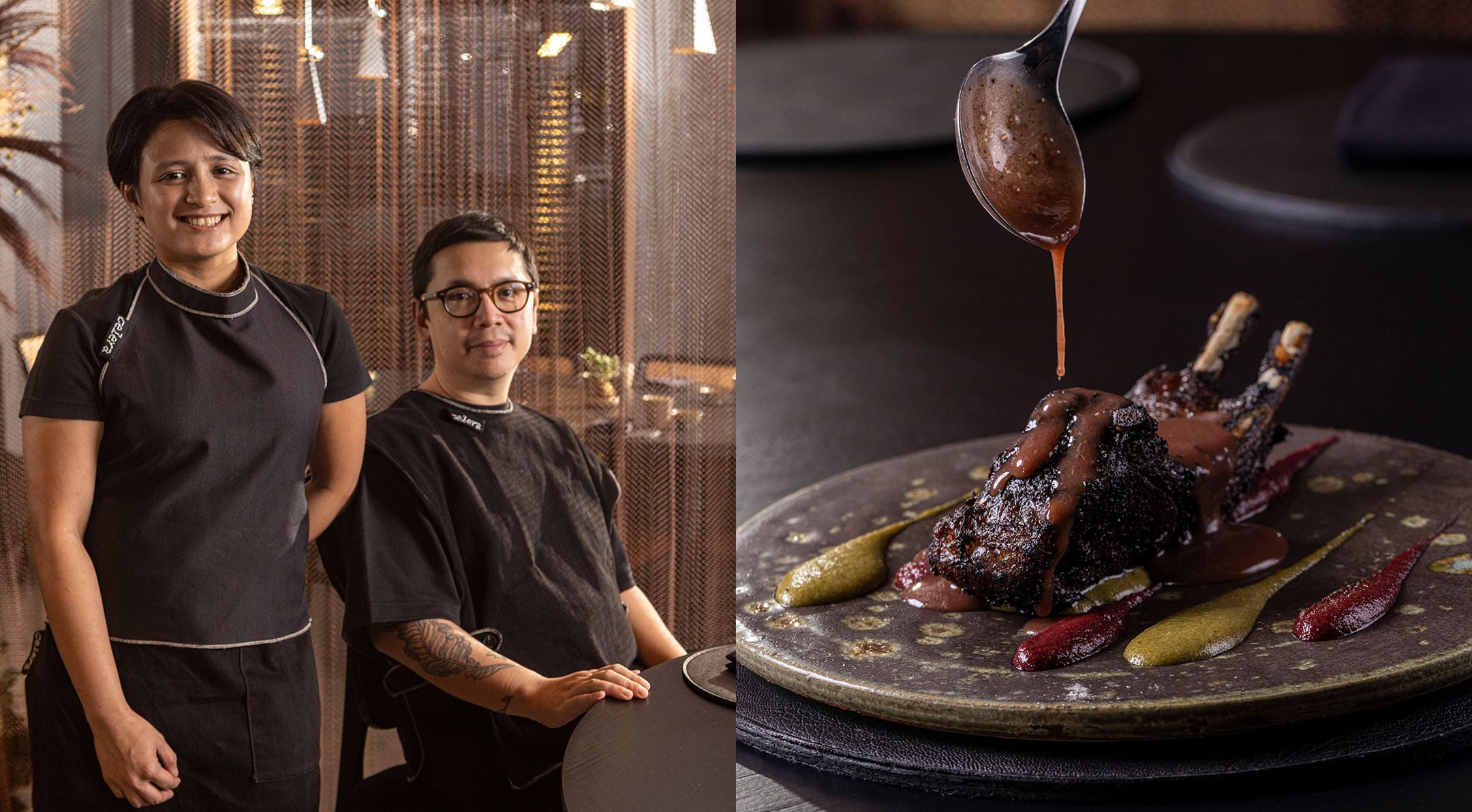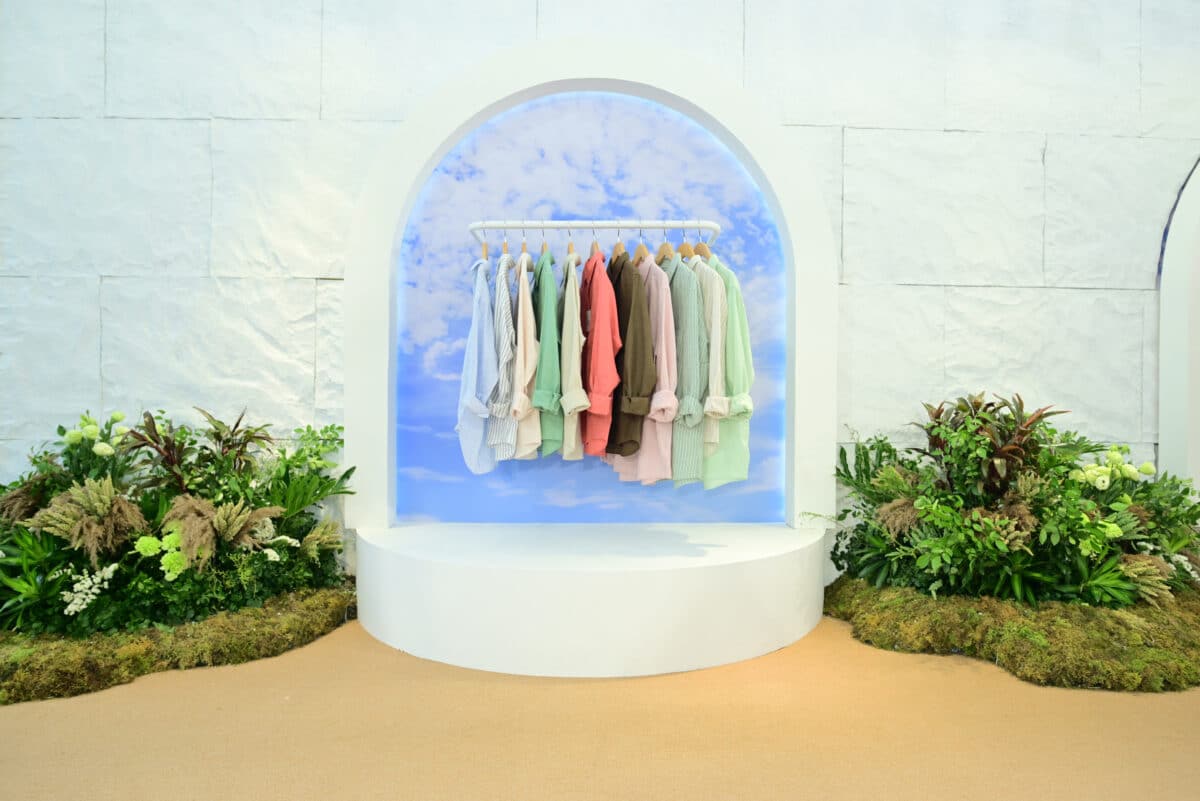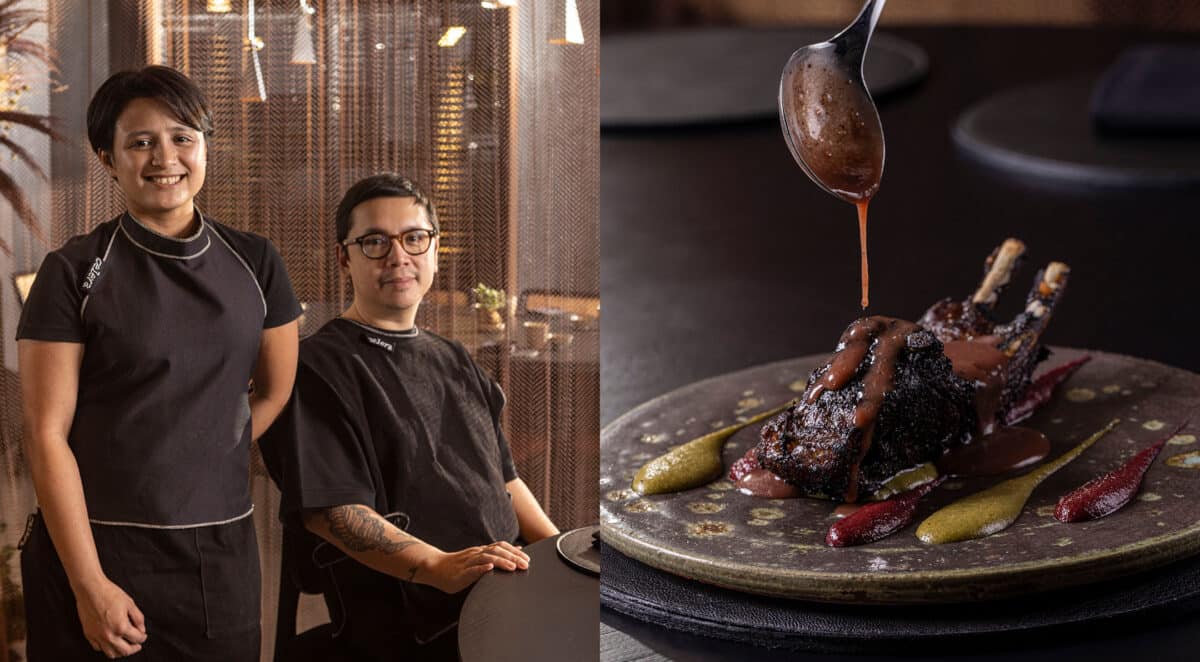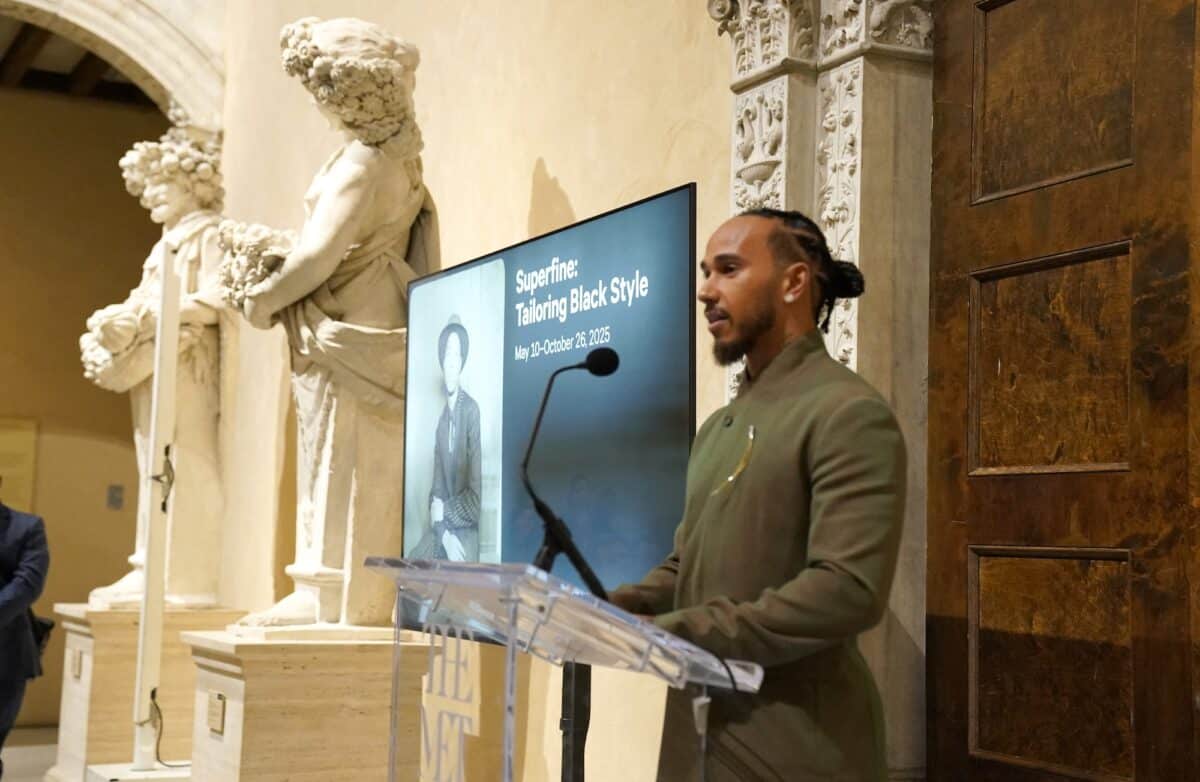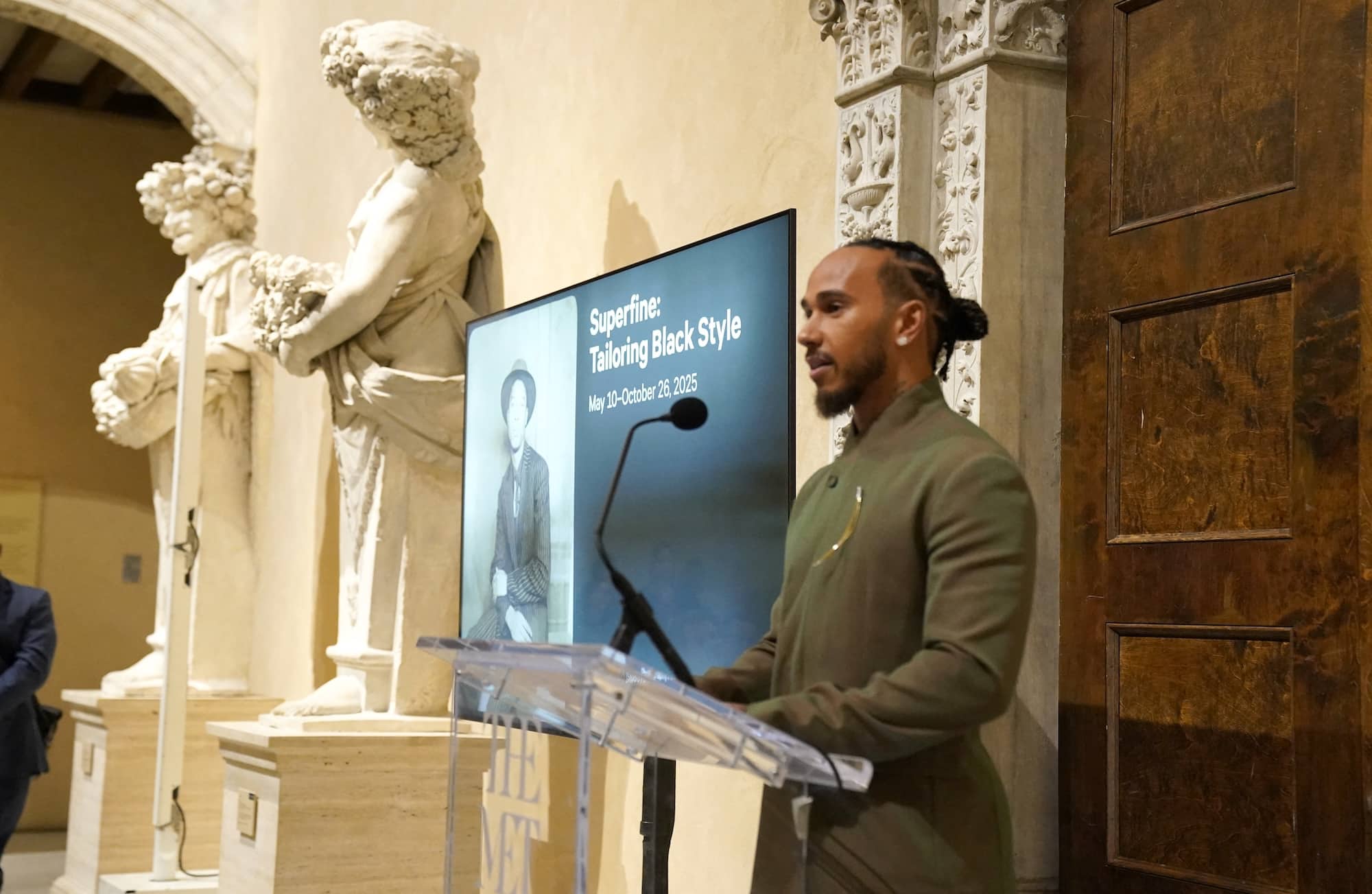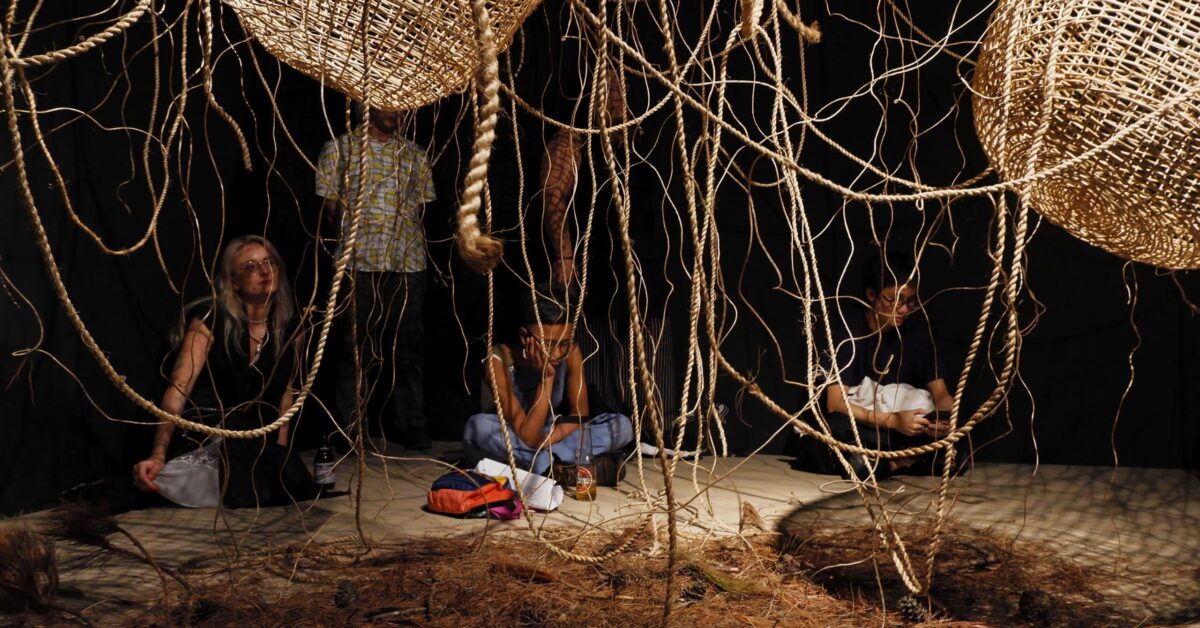From living in a kaleidoscope of cultural worlds, the Filipino-American artist transitions to Manila in a way that aligns with his medium of light.
James Clar grew up in a small town in Wisconsin. Named Watertown, the city has a population of about 20,000 people. While born and raised in the USA, his parents were first-generation immigrants. His father, a doctor, hails from Zambales, while his mother, a nurse, is from Ilocos. James suspects his surname Clar has Chinese origins, yet in German it translates to “clear” — much like the connotations of illuminating light. Clar says,
“In German, ‘Clar’ means clear. In Europe, a lot of people would ask if that was my real name or if it was an art name because it was in reference to light.”
The self-fulfilling prophecy of a name is often eerily accurate. From a small Wisconsin town to living in New York, Dubai, Tokyo, and now Manila, Clar’s global experience ties in with his artistic practice, which echoes how electrical energy moves to create the glow of light.
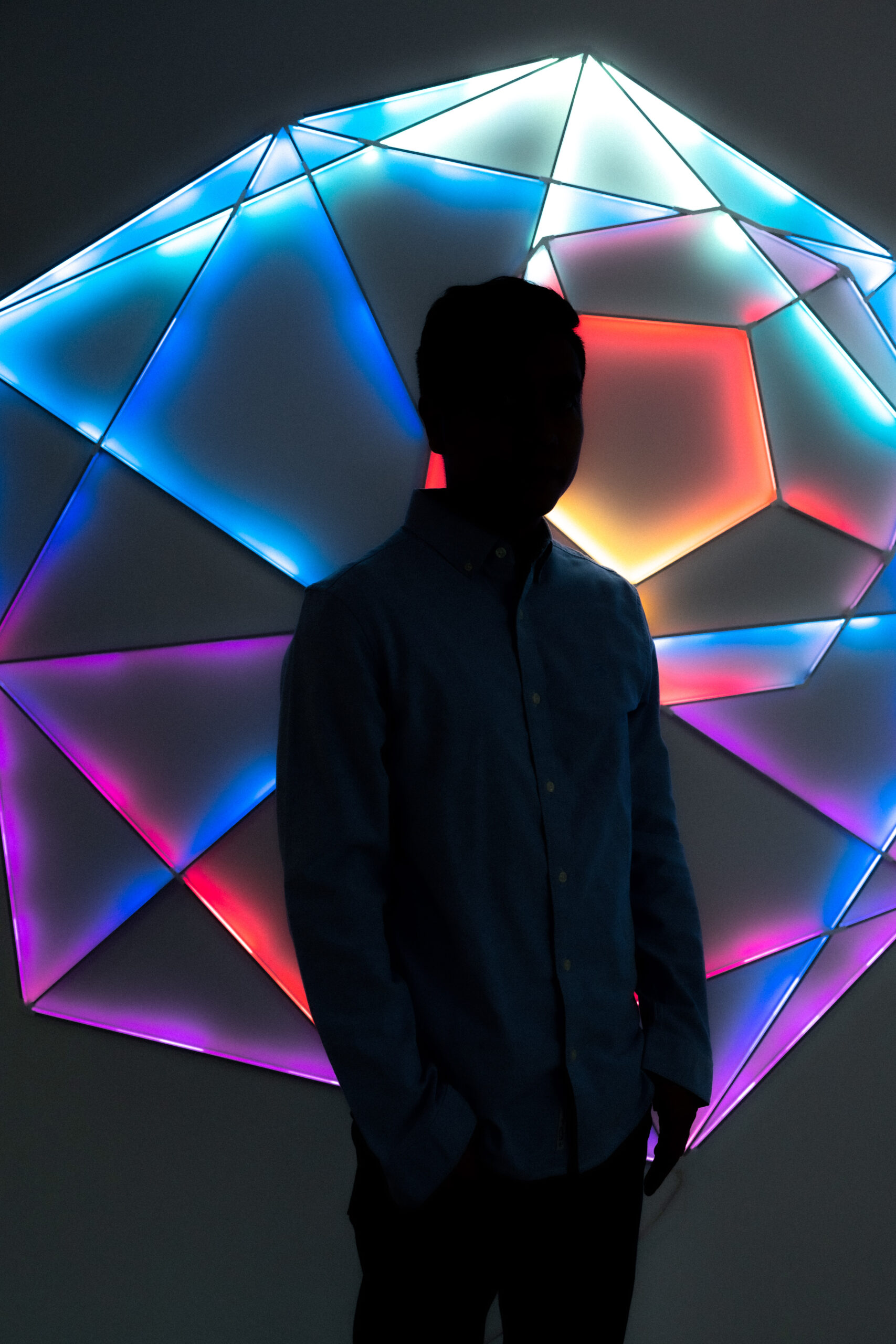
Transitions Between New York, Tokyo, and Dubai
At present, Clar is showing me some of his three hundred artworks. Each piece is meticulously categorized by virtual folders and documented with all the research done to create it.
Some pieces show recorded brainwaves and stem out like an electric mandala. Others connect LED sticks to hang as a glowing mobile. There are some light artists like Dan Flavin and James Turrell who have a certain aesthetic. While Clar uses similar methods to his contemporaries, his work carries meanings that weigh heavily on the personal, yet are presented in an open-ended way where anyone can relate. “Where I am, who I’m talking to, what sort of conversations I’m having — these are all things that have influenced the work I’ve been doing. You filter what you’re seeing and what you’re feeling, but then you do it in a way that’s open-ended.”

While the monitor shows Clar’s archive of exhibits that have traveled the world, his journey as an artist began much earlier on. The young Clar traveled hundreds of miles away from his small hometown to take up Film and Animation at Tisch in New York. After his first degree, he went straight to finish his Master’s in Interactive Telecommunications, also at New York University. Years later, he would return to NYU to teach a Graduate Course, “Light as an Art Medium” — although way before reaching the teaching level, he was experimenting with light technologies as he lived across the globe.
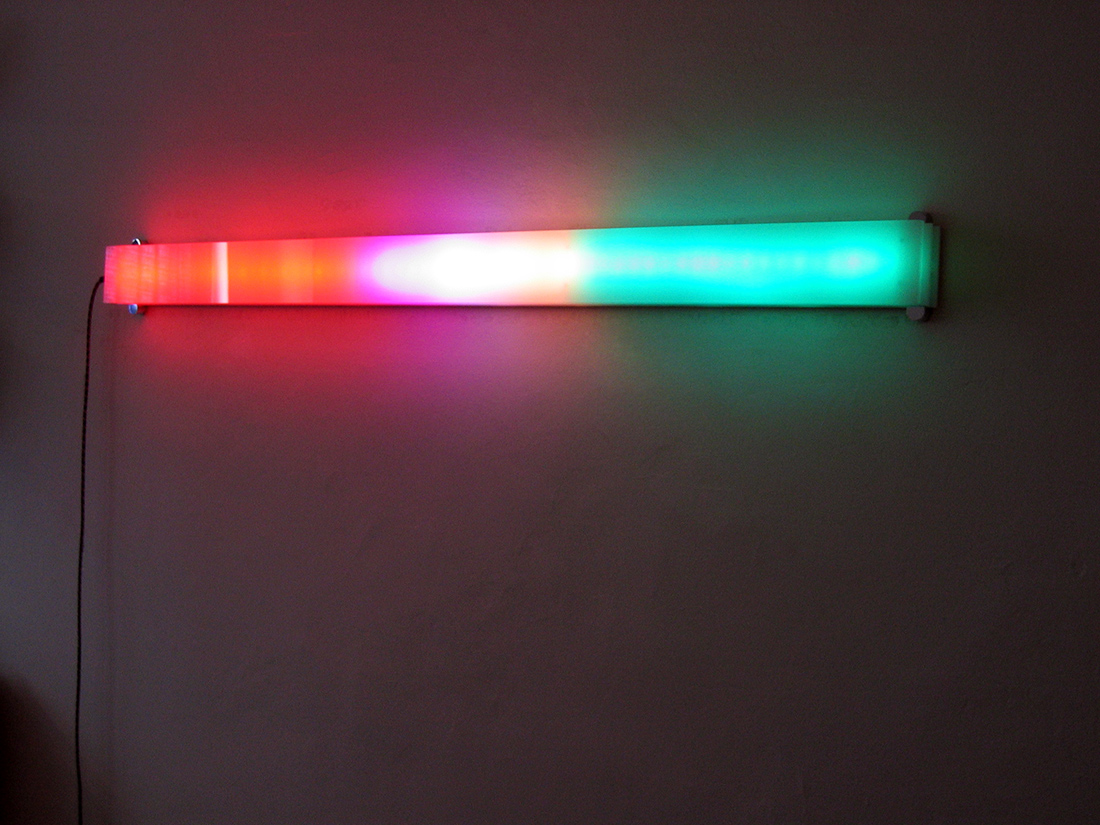

In New York, Clar would exhibit in small, artist-run places in Brooklyn. Some were even bars. Nothing was official, and nothing would sell. Clar reflects, “I was just trying to get work seen. I don’t even think, up until maybe 2009, that I would have identified as an artist.” After some time in Tokyo, his practice began to change when he moved to work for an architectural lighting company in Dubai.
In Dubai from 2006 to 2012, Clar’s work began to veer deeper into the sociopolitical, at a time when the atmosphere was permeated with conversations about regional politics. After a year of working with commercial lighting, Clar quit his job at the architectural lighting firm and opened his own studio. It was at a time when the Dubai art scene had not even started. The landscape had about three galleries, with mostly traditional and Middle Eastern art. New technology-based media was virtually non-existent. With the help of the Dubai-based design magnate Rami Farook, they set out to figure out what can be done for art in the city, a pivotal point, where James Clar began to be able to survive off of the arts.
Despite Clar’s massive success in the UAE, a huge warehouse space for his studio, and a supportive art scene, he had his reservations. He recalls doubting, “What am I doing here? Why was I contributing to a culture that was not mine?” So Clar moved back to New York for a good eight years. Then again, when Clar reached a certain point in his career, he thought,
“New York is always going to be there. I’ve never lived in the Philippines. This is a part of myself that I want to understand.”
How James Clar Has Been Exploring the Multicultural Parts of Manila
Clar moved to Manila during the thick of the pandemic — a time which was marked by increased use of technology that was beneficial to his practice, but also not without challenges exploring and adapting to the city.
He opened his first exhibition Share Location, based on the mobile phone function that lets other people know where you are. Having just moved to the Philippines, one work literally explored the definition of “Share Location” by surveying the Mandaluyong city terrain. Using two karaoke machines, Clar dragged microphones on the road behind a moving tricycle, playing the streets like a record by converting physical space to sound. In an exhibition tour, Clar said of the work,
“The city is singing itself.”
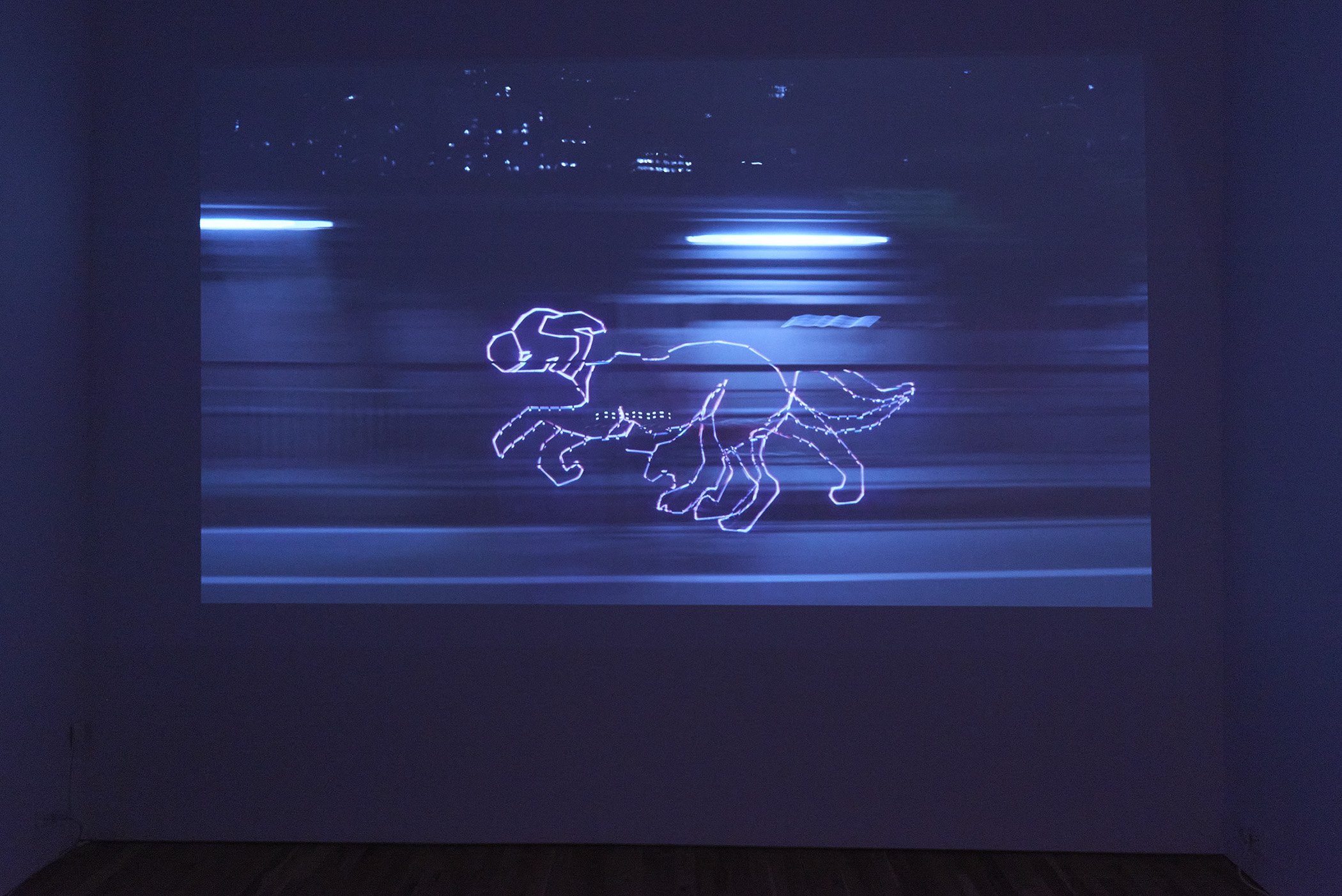
In 2022, Clar took on a project that was monumental in scale and demanded equally unprecedented coordination. You might have seen the colossal parol blinking across the Ayala Museum in Makati. From the famed Lantern festival in Pampanga, Clar and his team drove the lantern atop a truck at two in the morning, trailed by a five-car convoy that directed traffic. The endeavor was not without hitches and a broken-down truck the night before. The gargantuan parol was the winner of the lantern festival of the year, which Clar worked on to incorporate into his own work, “I Can’t Tell You What I Don’t Know, Only That I Don’t Know.”
The summer after Clar first moved to Manila, a friend called him, and Clar did a little experiment. Over the phone, he said, “‘Tell me the national anthem. I’m going to write down what I think I hear.’ So I’m writing it down with my diasporic brain, my brain that doesn’t understand Tagalog — and it’s all incorrect. I gave it to the Ayala Museum curators, and they corrected it. That corrected version is what we wrapped around these cylinders that are triggering the lights. Each time it hits a letter, it triggers the lights.” Clar reflects,
“It’s about understanding culture. It’s almost like there’s this mechanical brain trying to understand the national anthem. Ayala Museum is an institution for what is Philippine culture. So this [the artwork] is this mechanism for understanding culture, in front of a museum that is about official culture.”
Since Clar’s move to Manila, he describes his time here as being spent, “doing all these experiments and trying to understand the different aspects of the culture.” With Silverlens in New York, he held a long-thought-out exhibition “By Force of Nature” in collaboration with Olympic Gold Medal Winner Hidilyn Diaz. Some of his time has been spent as a resident artist learning about the local ecology in the Butanding Barrio residency in Puerto Princesa. Just this summer, he curated a show with the Jane Lombard Gallery “Island Time”, choosing works by both emerging and mid-career artists who live in the Philippines. At present, his piece based on the solar arc lighting on the day Arturo Luz passed away is on exhibition at Silverlens group show “Essence Distilled: Homage to Arturo Luz.”
The Philippines as the Most Globalized Culture of All
Clar’s practice has distinctly reflected the pulse of each culture he has lived in, but the artist points out that the Philippines may be the most multi-cultural of them all.

He says, “The Philippines, to me, is globalization before globalization. The trade routes that came through, the amount of cultures, and also the openness to accept other cultures is something unique. That’s a positive and a negative but it’s who we are.”
He says, “I think it’s hard to define our identity when it’s so scattered and when there are so many different elements to it.” Even so, through the unconventional mediums of media and light, Clar is attempting to decipher just that. Like his early work LIGHT, which pulses like a clock by presenting RGB in hours, minutes, and seconds, his practice changes just as the colors he chooses on a spectrum. As Clar tells stories through technology, it reflects on his practice,
“Throughout the time of day, you have different color patterns… You call the road black all the time, but it’s really changing. The light itself is changing that hits the road. Things aren’t really definitive, because everything’s changing all the time.”
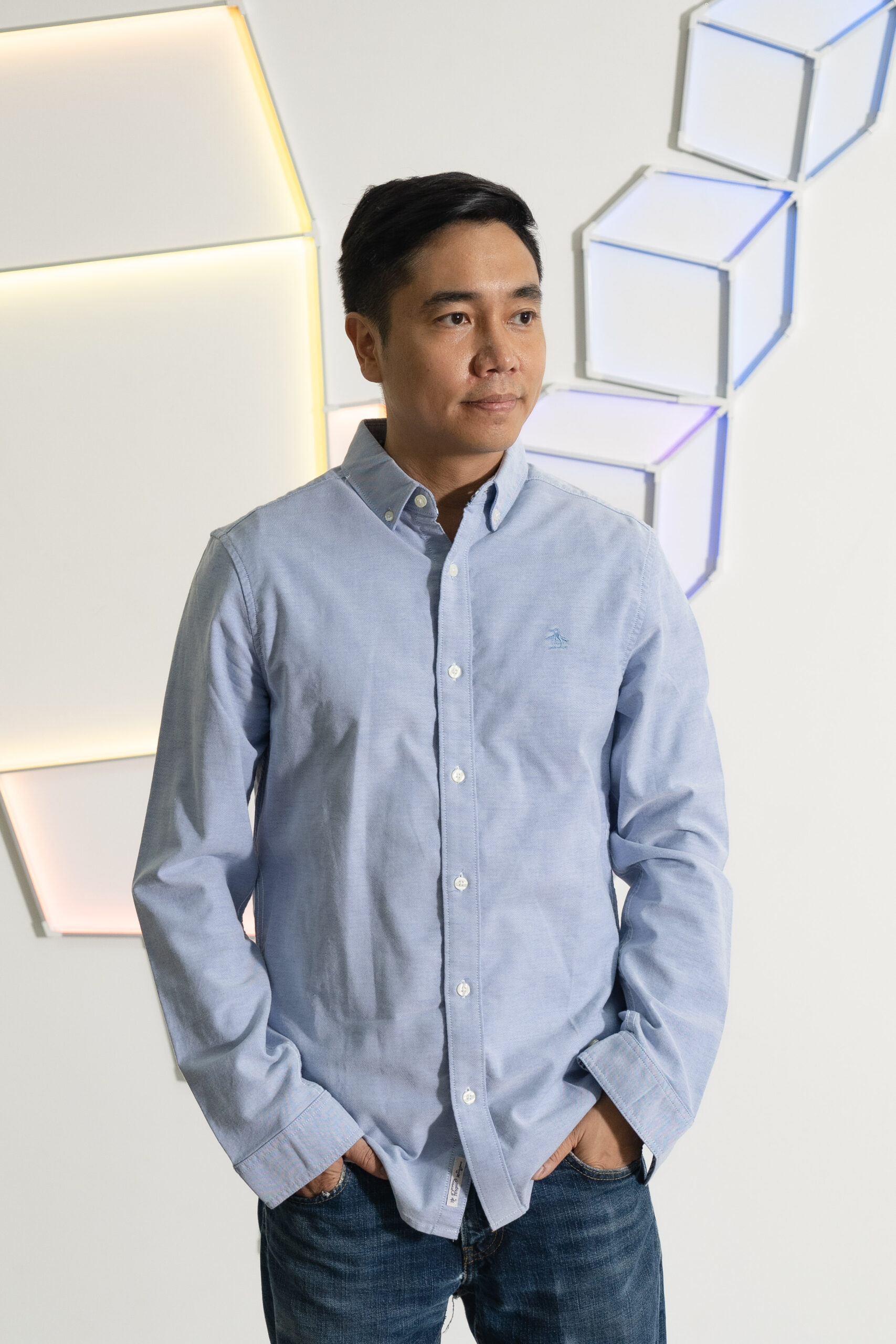
Photography by JT Fernandez
Produced by Angela Manuel Go


